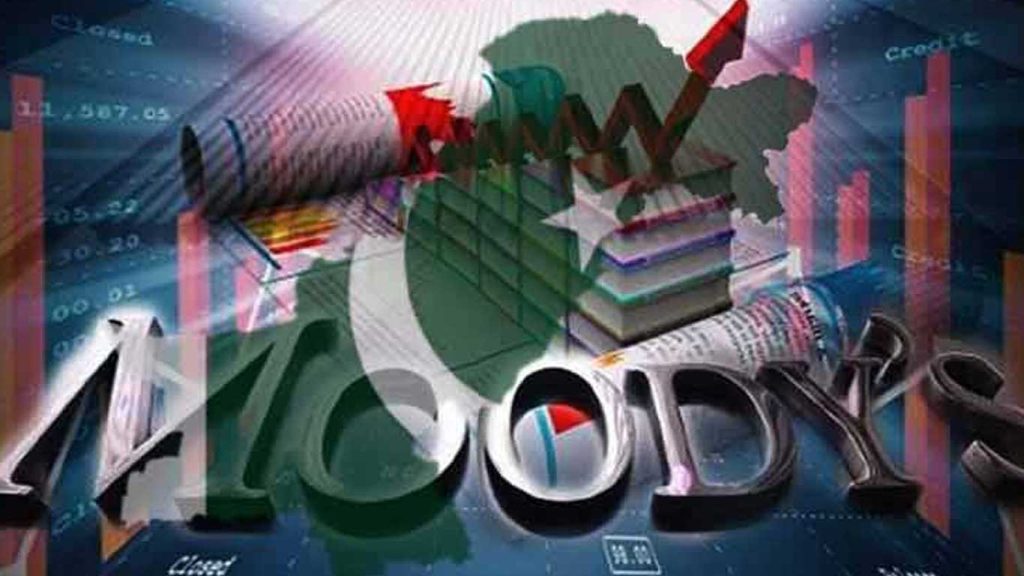ISLAMABAD – Moody’s Upgrade for Pakistan has boosted the country’s credit rating from Caa2 to Caa1 with a stable outlook. The international rating agency cited Pakistan’s improving financial position, supported by the IMF loan programme, as the main driver behind the move.
This latest improvement follows similar upgrades by S&P Global Ratings and Fitch Ratings in the past four months. These changes come after repeated commitments from Prime Minister Shehbaz Sharif’s government to maintain fiscal discipline and push ahead with reforms.
In its statement, Moody’s Upgrade for Pakistan applied to both local and foreign currency issuer ratings as well as senior unsecured debt ratings, raising them to Caa1 from Caa2. The agency also upgraded the senior unsecured MTN programme rating to (P)Caa1 from (P)Caa2.
The stable outlook reflects Pakistan’s balanced risk profile. Moody’s noted that the country’s external position is improving, supported by steady progress under the IMF Extended Fund Facility (EFF) programme. Foreign exchange reserves are expected to rise further, though Pakistan will still rely on timely financing from official partners.
The agency also pointed to a strengthening fiscal position, helped by an expanding tax base. Debt affordability has improved but remains among the weakest globally. The Caa1 rating factors in Pakistan’s governance challenges and high political uncertainty.
According to Moody’s Upgrade for Pakistan, faster-than-expected improvement in the debt burden and external profile could lift the outlook further. However, delays in reforms and official financing could weaken progress.
The upgraded Caa1 rating also applies to the backed foreign currency senior unsecured ratings for The Pakistan Global Sukuk Programme Co Ltd, which Moody’s considers a direct obligation of the government. The outlook for the Sukuk Programme was also revised to stable from positive.
Additionally, Moody’s raised Pakistan’s local and foreign currency country ceilings to B2 and Caa1 from B3 and Caa2, respectively. The two-notch gap between the local currency ceiling and the sovereign rating reflects the government’s large role in the economy, weak institutions, and political as well as external risks.
The two-notch gap between the foreign currency ceiling and the local currency ceiling reflects limited capital account convertibility, weaker policy execution, and the potential for transfer or convertibility restrictions.


